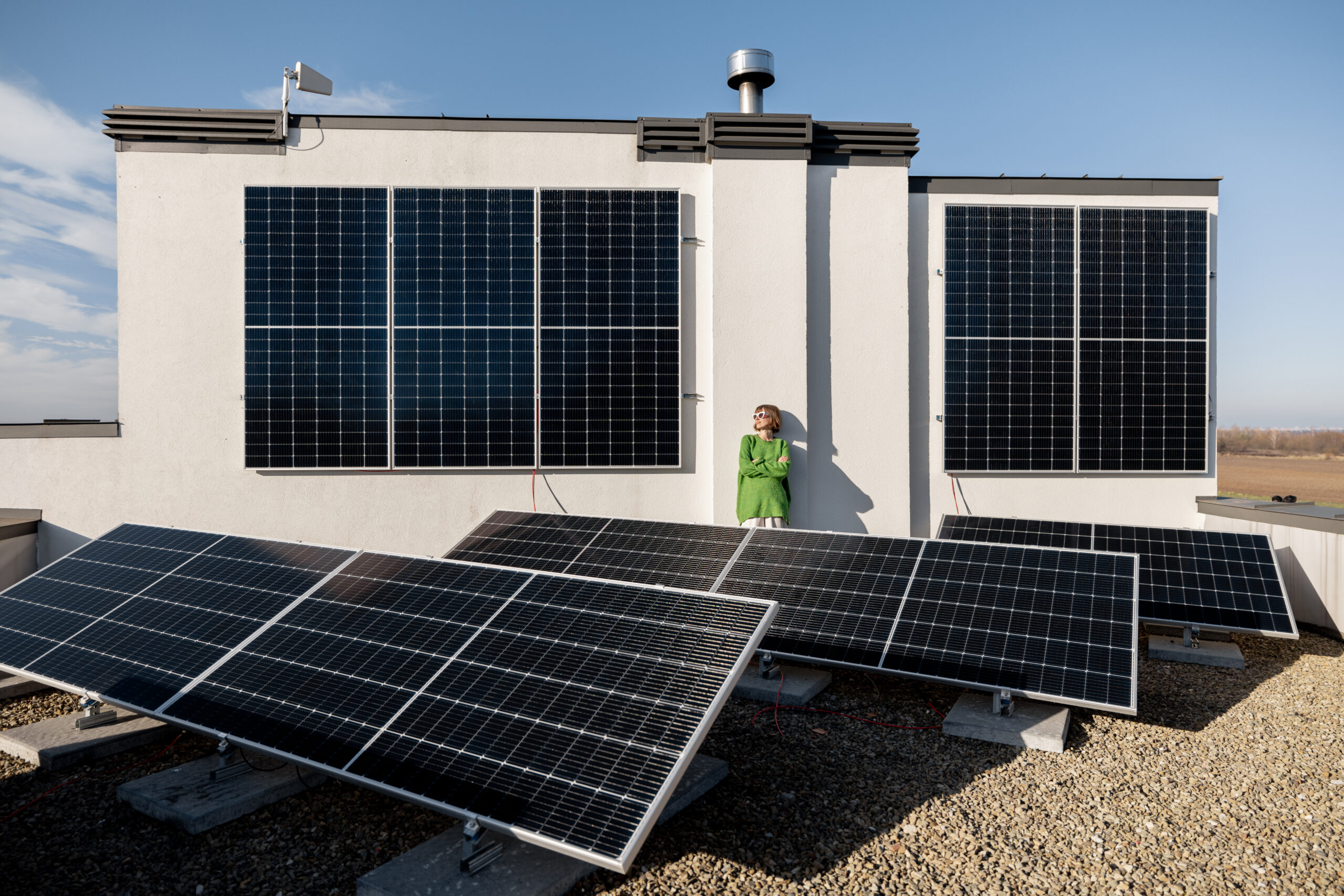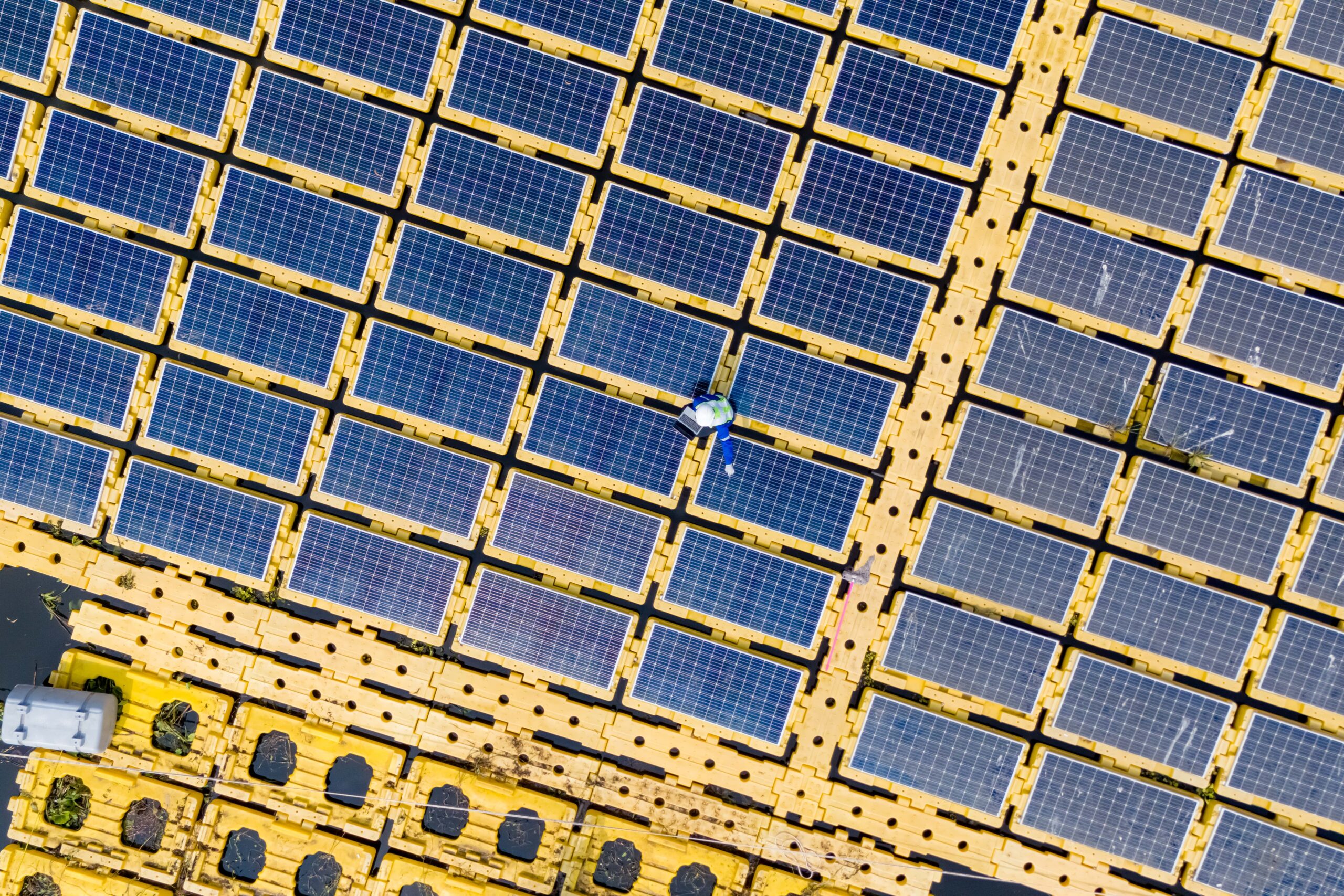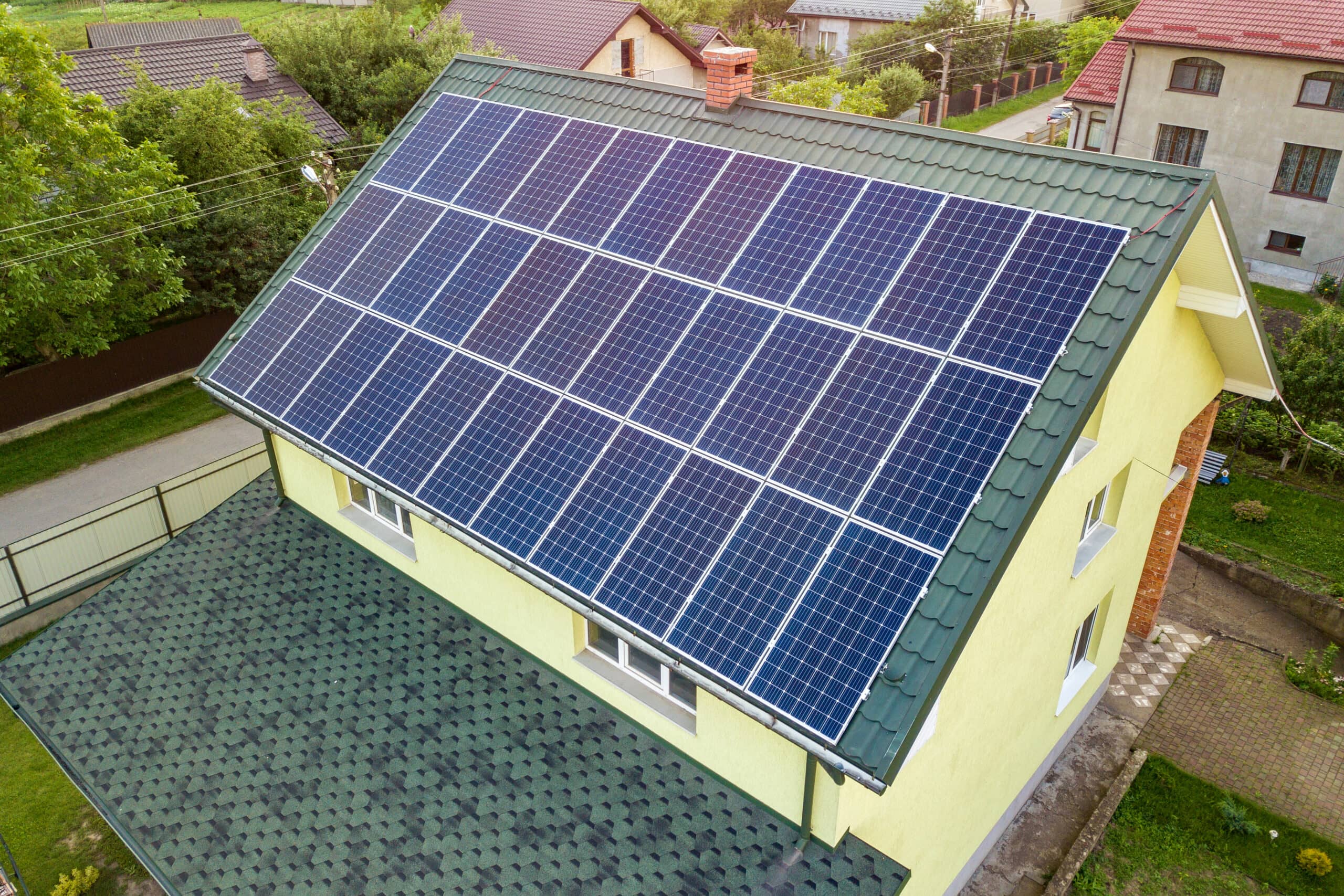PV panels, or Photovoltaic panels, are a technology that harnesses sunlight and converts it into electricity through multiple solar cells generating direct current (DC) electricity. They are truly unique!
PV panels work by using semiconductors, typically made from silicon.
When sunlight hits these semiconductors, it excites the electrons within them, creating an electric current. The PV panels capture this current and power various devices and systems.
Why should you choose PV installations over other solar panels? PV technology offers fantastic advantages. For starters, PV installations have a longer lifespan and require less maintenance than conventional solar panels. This means you can enjoy more years of clean and renewable energy without worrying about frequent repairs or replacements.
Additionally, PV technology is highly efficient, meaning it can generate more electricity from the same amount of sunlight. This translates to more significant energy savings and reduced reliance on other energy sources. Plus, PV installations can be customized to suit different energy needs, whether for residential, commercial, or industrial purposes.
This article will focus on critical considerations for PV installations, exploring factors like system size, component quality, installation fees, and any additional equipment or permits. Understanding these considerations will better equip you to make an informed decision when choosing PV technology.
Cost Comparison
Several factors come into play regarding the cost of PV installations. Initial installation costs include panel prices, inverters, and other necessary equipment, along with labor costs for installation. These costs vary depending on system size and component quality.
Additionally, it is essential to consider the maintenance and operational expenses. PV installations generally require minimal maintenance, meaning lower ongoing costs than other energy systems. You will not have to worry about fuel costs or regular repairs, which can save you money in the long run.
Diving into the comparison between costs and long-term savings, while the cost of PV installations may be higher than other solar panels, looking at the bigger picture reveals a longer lifespan and lower maintenance requirements. With higher efficiency, these installations generate more electricity, leading to increased savings on energy bills.
Additionally, a comprehensive analysis of the financial landscape should include insights into government incentives and rebates. Various regions offer financial support to encourage the adoption of renewable energy solutions. Exploring these incentives clarifies the overall costs and emphasizes the economic advantages of embracing PV technology. Governments worldwide increasingly recognize the importance of renewable energy, translating into potential savings for individuals investing in PV installations.
Performance Metrics
The quality of the panels themselves plays a significant role. With advanced technology and higher conversion rates, Exceptionally high-performance panels can generate more electricity from the same amount of sunlight, resulting in a higher yield.
External factors like shading, temperature, and dirt or debris on the panels can also impact their efficiency. Ensuring that your panels are free from obstructions can help maintain their optimal performance.
Delving into specific factors influencing the efficiency of PV panels, sunlight exposure, and geographical considerations is crucial. The amount of sunlight your panels receive depends on factors like the angle of your roof, the orientation of the panels, and any potential shading from nearby objects, such as trees or buildings. Maximizing sunlight exposure is essential for achieving the highest yield.
Weather conditions also play a role in PV panel performance. While PV panels can still generate electricity on cloudy days, direct sunlight produces the most optimal results. Extreme temperatures can also affect panel efficiency.
By carefully considering both the quality of your panels and external factors, such as sunlight exposure and weather conditions, you can maximize the yield of your PV installation.
Capacity and Suitability
PV panel capacity refers to the electricity a solar panel can generate under specific conditions, usually measured in kilowatts (kW) or megawatts (MW). Selecting the suitable capacity for your needs is crucial to ensure your PV installation meets your household’s energy requirements.
To determine the appropriate capacity, it is essential to consider your household’s energy consumption. Factors like the number of appliances, the size of your home, and your daily energy usage patterns play a role in determining the capacity you need. Analyzing your energy bills and consulting a professional to help you choose the suitable capacity for your situation is an excellent idea.
Customizing your PV installation based on your requirements is critical. Some households may have higher energy demands, while others may have more limited space for PV panels. You can have a system designed to your energy goals and available resources by considering your specific needs.
Finding the right balance between capacity and suitability ensures that your PV installation is tailored to meet your household’s energy needs, providing a customized and efficient solution for sustainable energy generation.
Future Horizons
Let us glimpse the future of PV technology and explore the exciting advancements and innovations.
Constant advancements are being made in PV research to enhance efficiency and performance. Researchers are exploring new materials, such as perovskite. While the potential for higher conversion rates and lower production costs is promising, it is equally important to highlight the current challenges and limitations. Researchers are actively addressing stability, scalability, and environmental impact issues. Understanding these challenges adds depth to our anticipation of future breakthroughs in PV research.
In Building-Integrated Photovoltaics (BIPV), envisioning solar panels seamlessly integrated into everyday surfaces sparks excitement. However, considering the potential economic impact is crucial. How might the construction industry adapt to these innovations? What financial benefits could arise from the widespread adoption of BIPV? Exploring these questions provides a holistic view of the future landscape, where solar energy becomes an integral part of our built environment, influencing energy consumption and economic dynamics.
As we look to the future, ongoing advancements and innovations in PV technology promise exciting possibilities, from integrating solar panels into everyday surfaces to developing innovative PV systems. Embrace the journey towards a brighter, more sustainable tomorrow with the evolving landscape of PV installations.
Reflecting on the Solar Journey: Embracing the Power of PV Installations
As we wrap up our solar journey, we must summarize the key insights we have explored. From the fascinating technology behind PV installations to the economic benefits they offer, we have covered a lot of ground. But it is not just about the technology and the cost savings; it is about positively impacting our homes and the environment.
We can embrace sustainable living and experience their incredible benefits by choosing PV panels. Not only can we reduce our energy bills, but we can also contribute to a cleaner and greener future. PV installations allow us to harness the sun’s power, generating clean energy and reducing our carbon footprint.
Let’s encourage everyone to consider the advantages of PV technology. We can make a difference in our lives and the world by embracing PV installations. We can create a brighter, more sustainable future for future generations.






